Aisle after aisle, it is easy to find tasteless yet perfect looking, produce. ‘No. 1 Fancy Grade’ produce is found across all grocery store segments (from ethnic food stores,
Loblaws and
Value Mart to
Pusateri’s– {Pusateri’s,
McEwan’s and
Bruno’s have a ‘great’ business model: charge a higher price for produce that is not organic, from outside of Canada, and may or may not be a higher, ‘extra fancy’ grade- hilarious}) and is typically coming in from the USA, Mexico or a handful of South American countries. Depending on seasonality, local Ontario items are available (its peak in the summer), but most often, food is trucked and shipped from afar to a shop near you. I once heard a saying that
food, like toddlers, does not travel well over long distances. To reach our city grocery stores,
food that is not seasonally grown in Ontario has to travel long distances to our shelves also using much gas in the process. Shortening the radius of travel and accessing locally grown food or alternatively food from neighbouring provinces or states would be a superior option in this case. In addition to wasted energy brought about by carting
food over long distances, the produce in your weekly shopping bag was picked specifically to sustain long distances and is thereby chosen for its hardiness to withstand the challenges of travel. Hardiness, supersedes flavour or an interesting varietal for economic reasons. Because f
ood also tends to be shipped under-ripe thereby depriving the fruit or vegetable from reaching its full taste potential to ripen on the vine/bush our taste buds miss out on what the true flavour of a peach or cucumber should be. I can’t tell you how many times I meet someone from Europe and they tell me the produce tastes bland and unexciting in Toronto in comparison to back home. You don’t know what you are missing unless you have a food memory of what better and best taste like.
In addition to the lack of flavour and long shipping distances that is negatively impacting the state of grocery shopping in Toronto, I was also astounded by the lack of organic produce options in mainstream grocery stores (Whole
Foods not included). It’s truly maddening. Next time you visit a store, stand at the front of the produce section and observe the amount of shelf space dedicated to organic fruits and veggies versus those that are conventionally farmed. If you haven’t read Dan Barber’s book “the Third Plate” you must. If you are not going to read it, at least take this point into consideration that he raises: “Organic produce, grown in healthier soil and without chemical pesticides, contains higher levels of antioxidants than conventionally grown
food. The higher levels of antioxidants come from the need of the plant to fight pests itself than be reliant on chemicals to ward off threats. Higher antioxidant levels in plants also contribute to tastier produce as antioxidants impact a fruit or vegetable’s organoleptic qualities, aka, its aroma, taste and mouth feel- Conventionally grown produce is grown in nitrogen rich soil (from synthetic fertilizers). Plants take the nitrogen from the soil and use it to create sugar and starch instead of flavourful antioxidants.” The fact that a substantial amount of food in our stores comes from the USA, it better be organic because the US farming system is rife with chemicals, subsidies and large agri-businesses calling the shots. The goal is profitability in a way that meets FDA laws of course, but at what expense. Cast your eyes and mind on any number of food documentaries for a refresher on the scary state of the farming practices in the USA (
Food, Inc,
Fed Up,
Hungry for Change,
More than Honey,
Farmageddon,
In Organic We Trust,
Dirt the Movie)
The next problem that I observed is the lack of diversity of packaged goods on shelves and in particular lack of shelf space devoted to small, independent, Toronto, Ontario or Canadian food brands. Walk down the middle section of a store packaged food aisle in a grocery store and you are bombarded by food from large consumer packaged goods brands. With the exception of perhaps the hot sauce, vinegar, and oil sections, mass brands rule. The food industry and the entrepreneurs who dream up new and exciting products is a vehicle to creating new jobs in a local and national economy. Thanks to the Food Network, celebrity chefs, cooking competitions and food porn across social media, you would think the supply and demand for new products is at its peak. Then why aren’t companies like Loblaw’s, Metro, Sobey’s or Longo’s doing more to make shelf space to support Canadian food entrepreneurs? There is a prohibitive price tag associated with shelf space that large consumer packaged goods companies have no trouble paying to retailers. Large CPG companies count on volume of sales. Canadian grocery stores that tout their Canadian heritage and do little to support and provide exposure to small brands, needs to change. For independent food producers, of course there is nothing wrong with starting small and selling through mom-and-pop shops and independent chains (as ramping up supply may be a challenge in some cases). This is the typical route, plus online sales. But just think as a consumer, how exciting it would be to see product after product marked with a Canadian flag (representing products from Vancouver all the way to Halifax), or one special aisle dedicated to made in Canada products. Wouldn’t you be curious to support local or see what Canadian foodies are producing? Support for local products seems to have a greater foothold and support in grocery stores abroad. I have lived in Europe, Asia and in the USA. Other countries seem to understand that product diversity in your offering to consumers is what makes a great store. Not the fact that you can get the same pasta brands, same flour brands, same ketchup brands in every single store. Why doesn’t Canada do this for its consumers? Consumers! Wake up!! There are interesting products to be tried but unless you demand it from your grocery store, they won’t change the mix. I have already written four chains.
Finally, there is an issue with labeling of produce, baked goods and meat. Walk the produce section or flip through your weekly grocery store flyer and you see a familiar sign or description that reads “No.1 Grade USA.” That’s it. What does this mean outside of the fact that the visual quality of the item will be the highest grade (no sad fruit/veggies)? It tells you nothing of which state the
food came from, which farm it came from; and by assumption that it was conventionally raised. If you haven’t watched a farming/
food documentary in the past five years, I would brush up quickly and then feel angry for the unclear, vague description of “No.1 Grade USA”. Aren’t our mouths and bodies worthy of more information? The US farming system, with its large industrial, monoculture plots of land, rewarded by subsidies to produce the most
food at the cheapest price, is broken. “No. 1 Grade USA” does not mean you are getting apples from a small farm nestled in the idyllic coastline of California or small farm in upstate New York that cares about the apples and parsnips they grow. You are receiving generic, meaningless information about something you are going to put into your body. At least, if the produce was organic, then you know that the farming practices are carried out in a certain way (not that there are not larger organic farms…) that are not intentionally harmful to the land and the
food itself. Sadly, industrialized bread suffers a similar fate. There are a handful of chemicals and enzymes that are added to the recipe to make loaves fluffier and last longer that are not listed on nutritional labels because they are not required to. As recent a
s 2014, Health Canada gave an additive called ADA, the green light to stay in commercial bread production, when it is mildly carcinogenic and the EU banned it from its breads. Why take the chance right? The data Health Canada used to make this decision was from the 1950s. Microbakeries faced a steep decline and while artisan bread is fashionable again, how many people have access to a bakery to buy their weekly bread? The same goes for fish. I walked into a grocery store last week to buy some fish for dinner. The fish was not labeled beyond the kind of fish and that it was fresh. I asked the person behind the counter whether it was farmed or wild and where it came from? I asked if any of the fish had a Marine Stewardship Council certification? He said he didn’t know the answer to my questions. How is this possible that a grocery store can sell a product with so little information to exchange? I walked out without any fish that day.
The underlying theme of my observations is information and empowerment. If you know where your
food comes from, if you know how your
food is grown and farmed (organic vs. conventionally), and if you know who produced it (so you can email or call an ask questions), you can make better choices for your body and have more diversity in your pantry and refrigerator. The
food we consume is directly linked to health, to vitality, to energy. The same goes for empowering smaller, independent
food entrepreneurs to create, innovate and have access to a distribution network that is not limited to mom-and-pop shops or online stores. It is no longer necessary to argue that we live in a colder climate country where we are plagued by shorter growing seasons. We do not have California’s climate. Guess what? We do not need California’s climate. In Montreal, there is an agricultural start up called
Lufa farms. The guy who started it built two massive greenhouses on top of two different rooftops in the city where they grown
food all year long. When it is below zero outside, it is still 25C inside the greenhouse.
Why is it in Prague, that every district (there are 24 in the city), has its own mini-farmers’ market from May to October to ensure that neighbourhoods have access to fresh, local food throughout the growing season? Why is it in Copenhagen, one man, Claus Meyers, a baker/restauranteur, was the instigator and catalyst for overhauling the entire Danish food system, beginning with the farming. Denmark suffered from poor food quality and an over reliance on importing food from the EU to feed its people. The country is by no means self sufficient (talk about a shorter growing season), but the quality and quantity of local produce on its shelves and in its restaurants has increased dramatically. Denmark hosts a food symposium on a yearly basis open to the public to discuss the state of food in the country. Why is it that in Austria grocery chain, mPreis, champions itself on working with local food producers and local architects to design their stores and is so beloved by customers for the shopping experience? Living in an agriculture state such as California was truly a unique food scenario with the plethora of year round farmers’ markets, abundance of community shared agriculture (CSA) boxes to choose from and the varietals of produce you would never come into contact with unless you befriended a farmer. We are talking at least 10 different varieties of grapes to taste and choose from. Variety is a beautiful thing. Even in Texas, when you enter a big box store like Target, they promote local food products when you walk into the store. The front of the store (key for marketing) is not reserved for a big box brand, small timers get exposure. Walk the aisles of Whole Foods or Central Market (a local Texas grocery store) and the quantity of Made in America by smaller brands is overwhelming. In fact, the sheer quantity of smaller brands on shelves is what got me thinking in the first place about the lack of diversity in Toronto.
I leave off with a story: I walk into Cumbrae’s, the butcher shop, today and take a look around. I read their five chalk boards with information about where the pork, chicken, lamb and cows are raised, how they are raised, and how they got to the counter before me. I look at their prepared food section and I see a cultured butter from a company in Québec as well as some duck fat and cured meats. The selection was eclectic and it was entirely from Canada. Wonderful. Now only if this could be replicated on a mass scale instead of a one-off high-end, specialty food shop. We would be having a different conversation. Information should not be relegated to specialty food stores. Information about the food we purchase should be readily available throughout all segments of stores.





















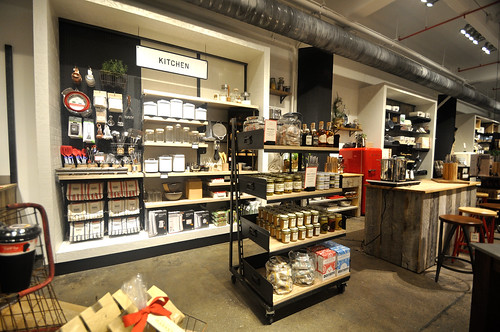






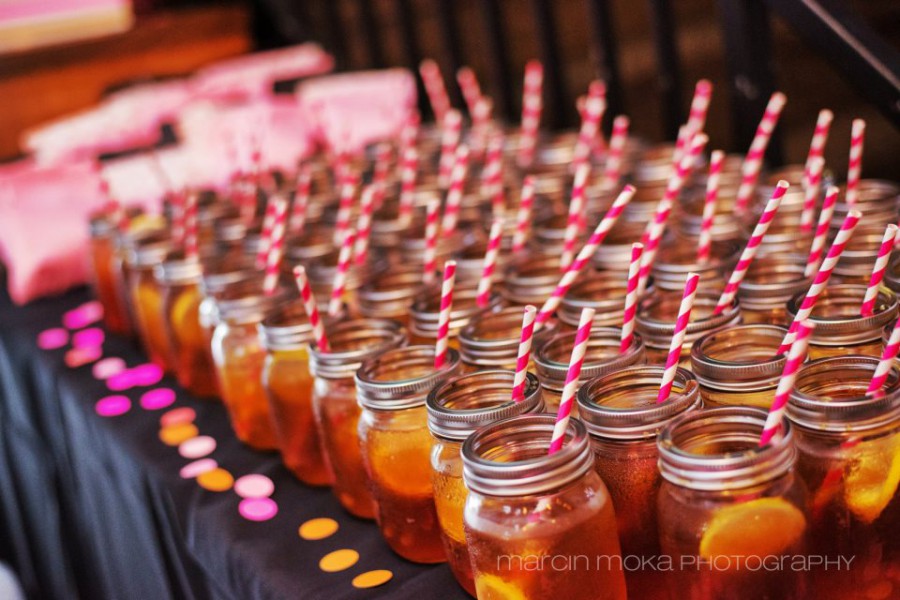






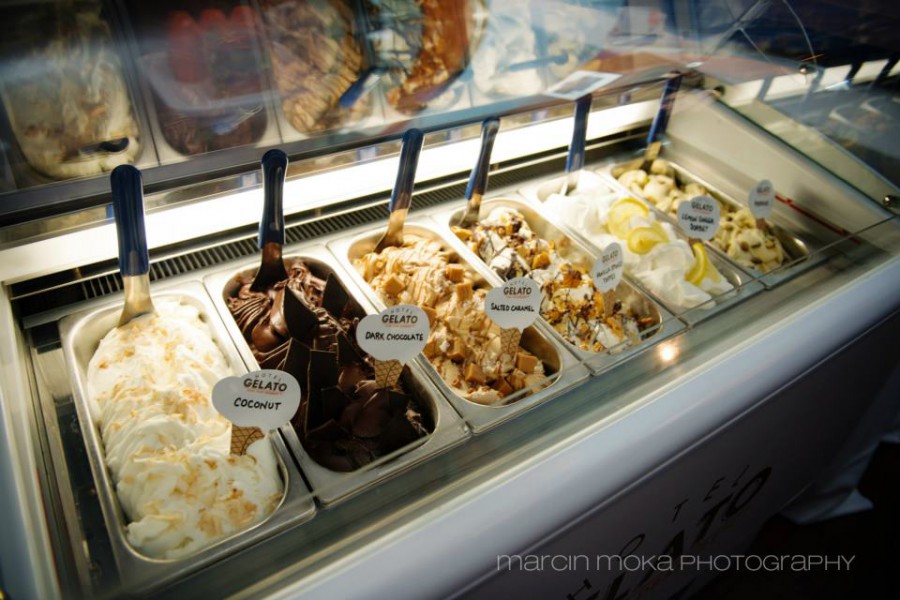





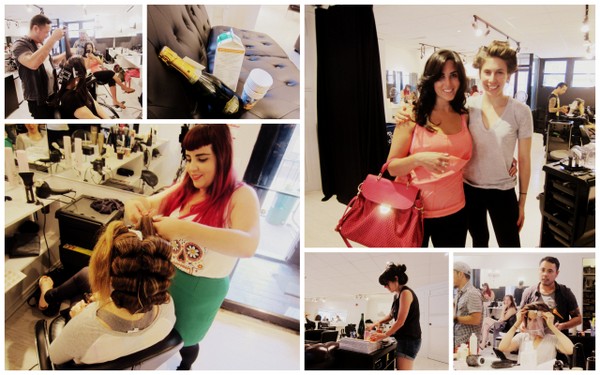

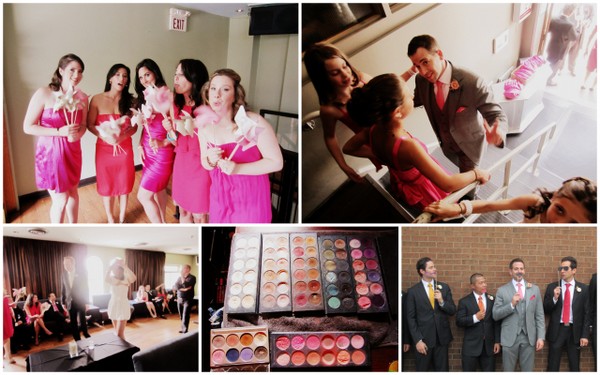

 Hi, my name is Lamb. I am part globetrotter, part foodie, part researcher, part writer. I enjoy travelling around the world uncovering design inspired travel experiences from hip hotels and cool boutiques to stylish restaurants and interesting small businesses.
I am currently based in Copenhagen where I am enjoying new Nordic cuisine and Scandinavian design.
To read more about me, see the
Hi, my name is Lamb. I am part globetrotter, part foodie, part researcher, part writer. I enjoy travelling around the world uncovering design inspired travel experiences from hip hotels and cool boutiques to stylish restaurants and interesting small businesses.
I am currently based in Copenhagen where I am enjoying new Nordic cuisine and Scandinavian design.
To read more about me, see the 